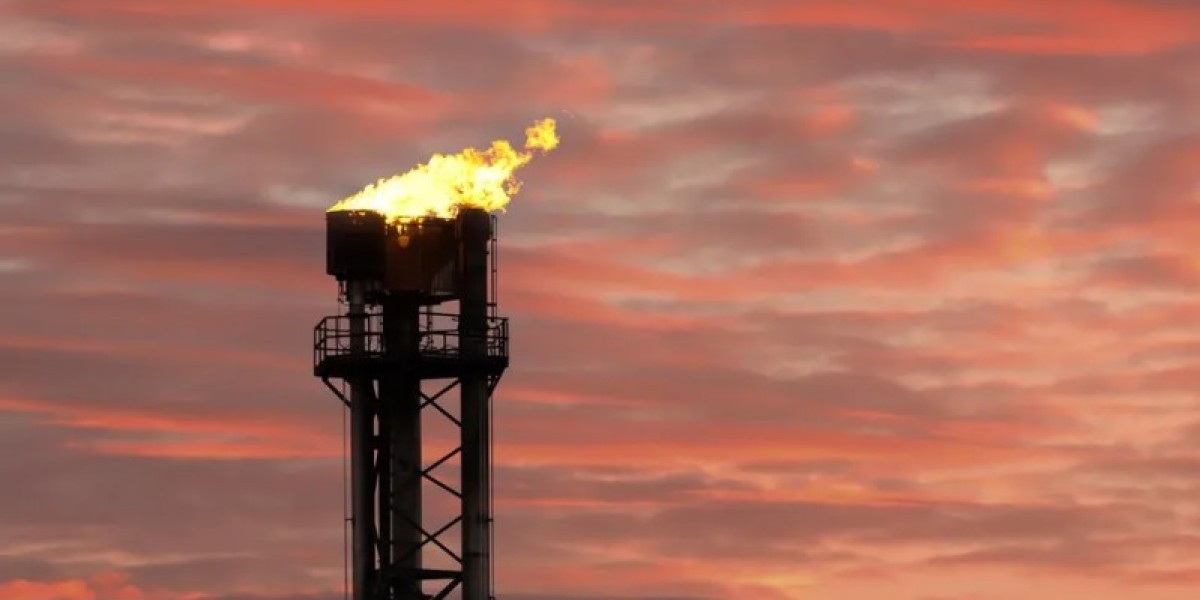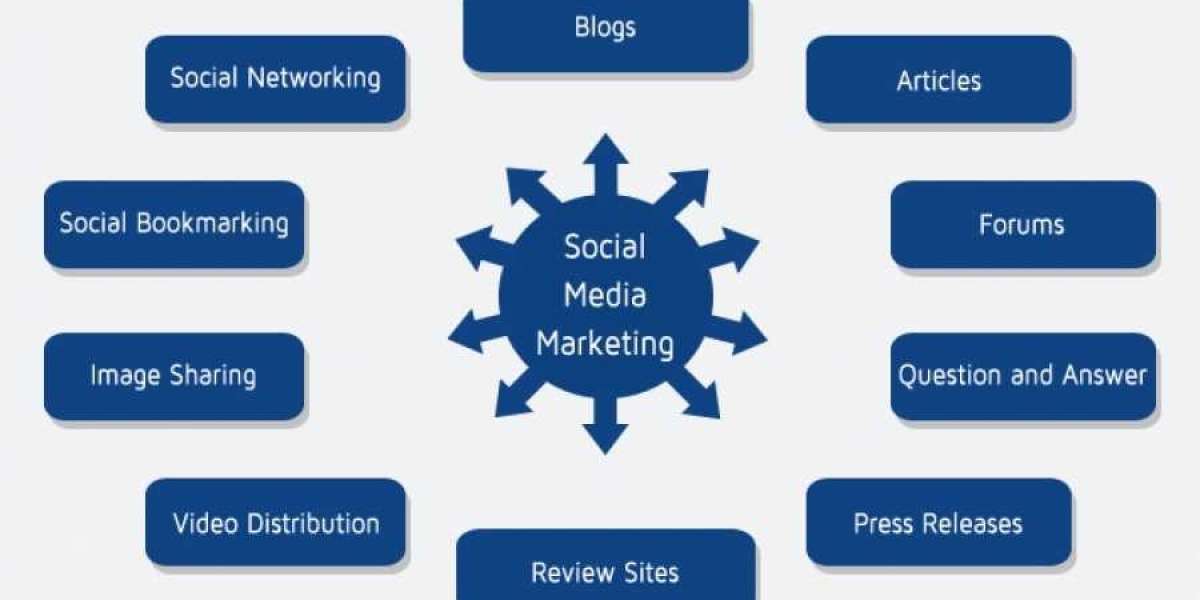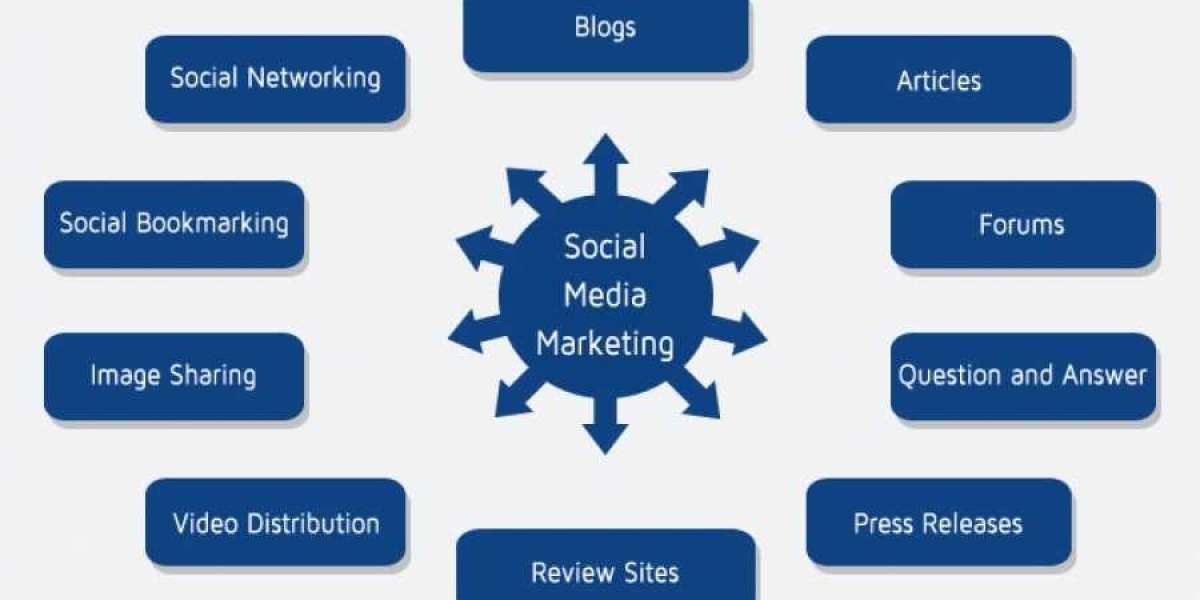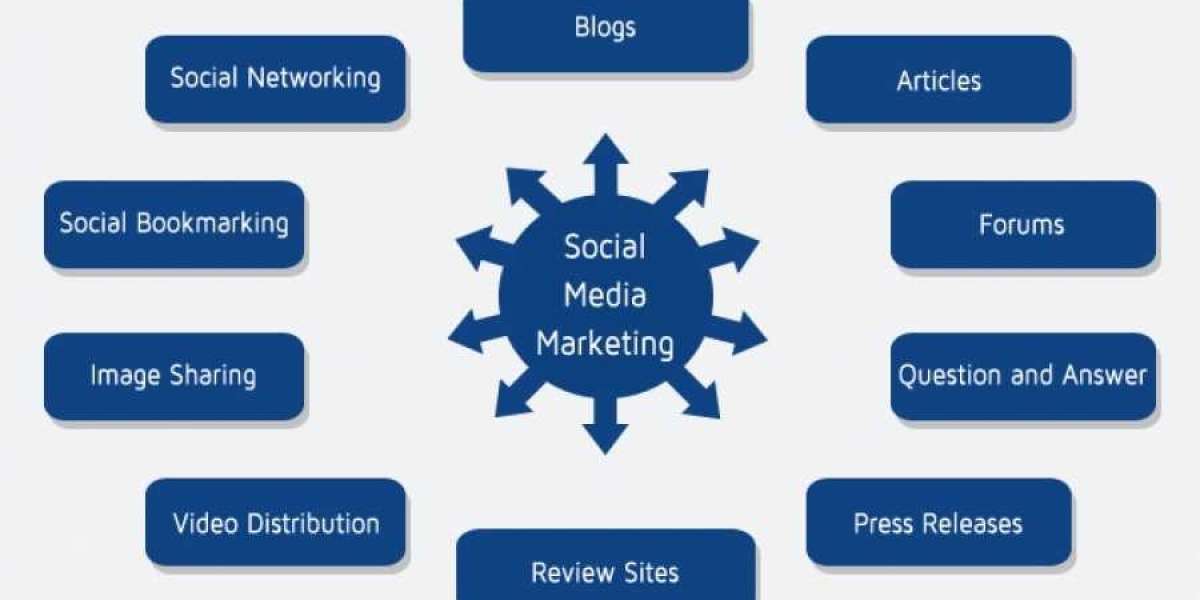The new satellite will orbit 300 miles around the Earth, 15 times per day.
Methane gas is believed by scientists to be a major contributor to global warming because it traps heat.
A lot of methane is produced by farming and waste disposal, but the Google project will focus on methane emissions at oil and gas plants.
Firms extracting oil and gas regularly burn or vent methane.
The new project is a collaboration between Google and the Environmental Defense Fund, a non-profit global climate group.
The data captured by the satellite will be processed by the tech giant's artificial intelligence tools and used to generate a methane map aimed at identifying methane leaks on oil and gas infrastructure around the world.
But the firm said if it identified a significant leak it would not specifically notify the company which owned the infrastructure responsible for it.
"Our job is to make information available," it said, adding that governments and regulators would be among those with access to it and it would be for them to force any changes."
There is no international rule on controlling methane emissions. The EU has agreed on a set of proposals aimed at reducing them, which includes forcing oil and gas operators to repair leaks. In the coal sector, flaring will be banned in member states from 2025.
Google's map, which will be published on its Earth Engine, will not be in real-time, with data sent back from the satellite every few weeks.
In 2017, the European Space Agency launched a similar satellite instrument called Tropomi, which charts the presence of trace gases in the atmosphere, including methane.
It was a mission with a minimum seven-year lifespan, which means it could end this year.
Carbon Mapper, which uses Tropomi data, released a report in 2022 indicating that the biggest methane plumes were seen in Turkmenistan, Russia, and the US - but cloud cover meant the data did not include Canada or China.
Google said it hoped its project would "fill gaps between existing tools".








